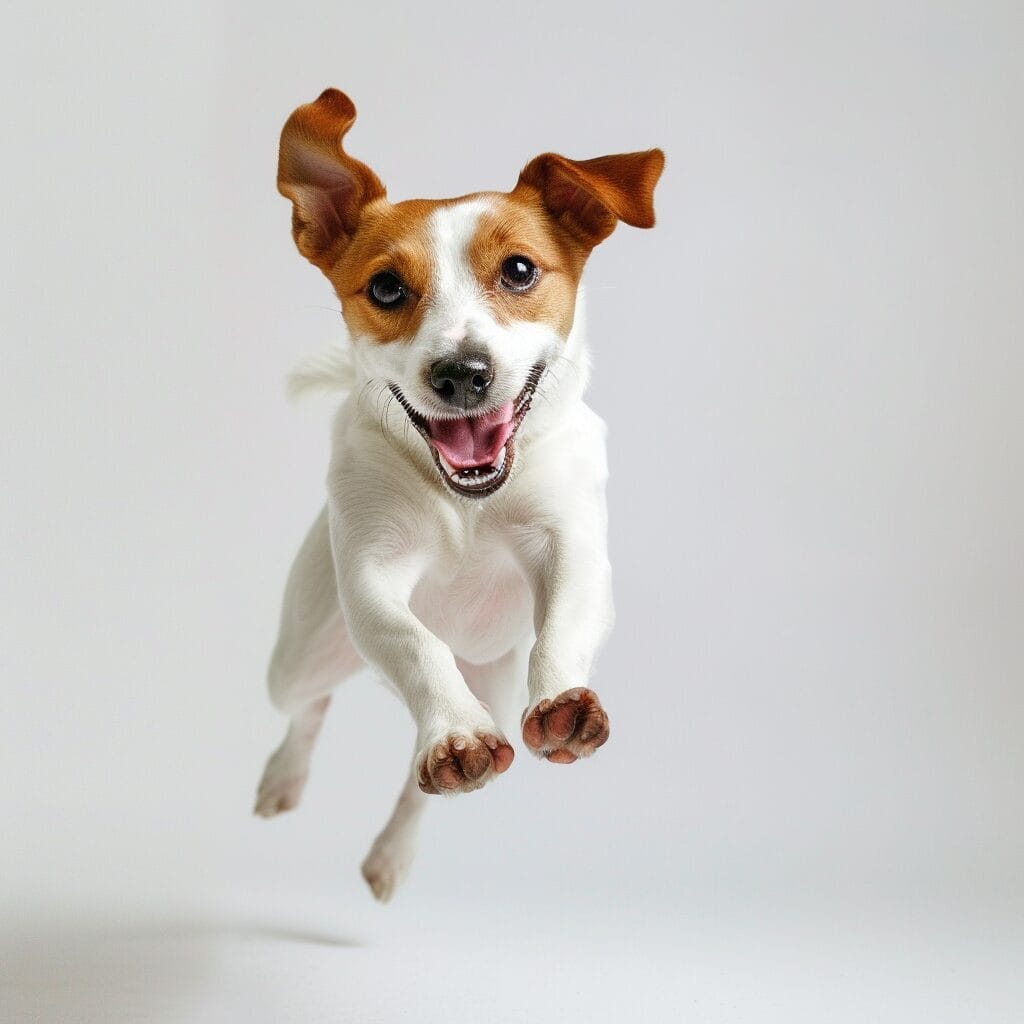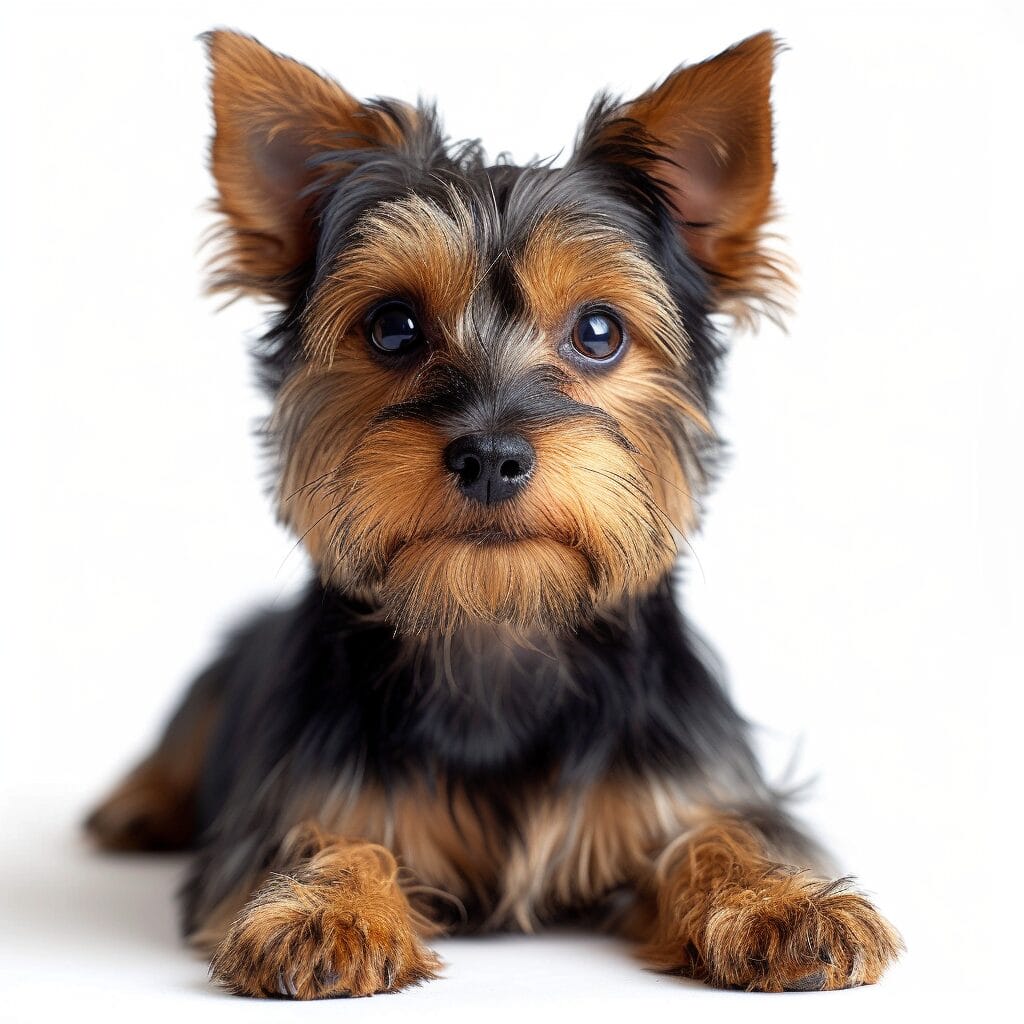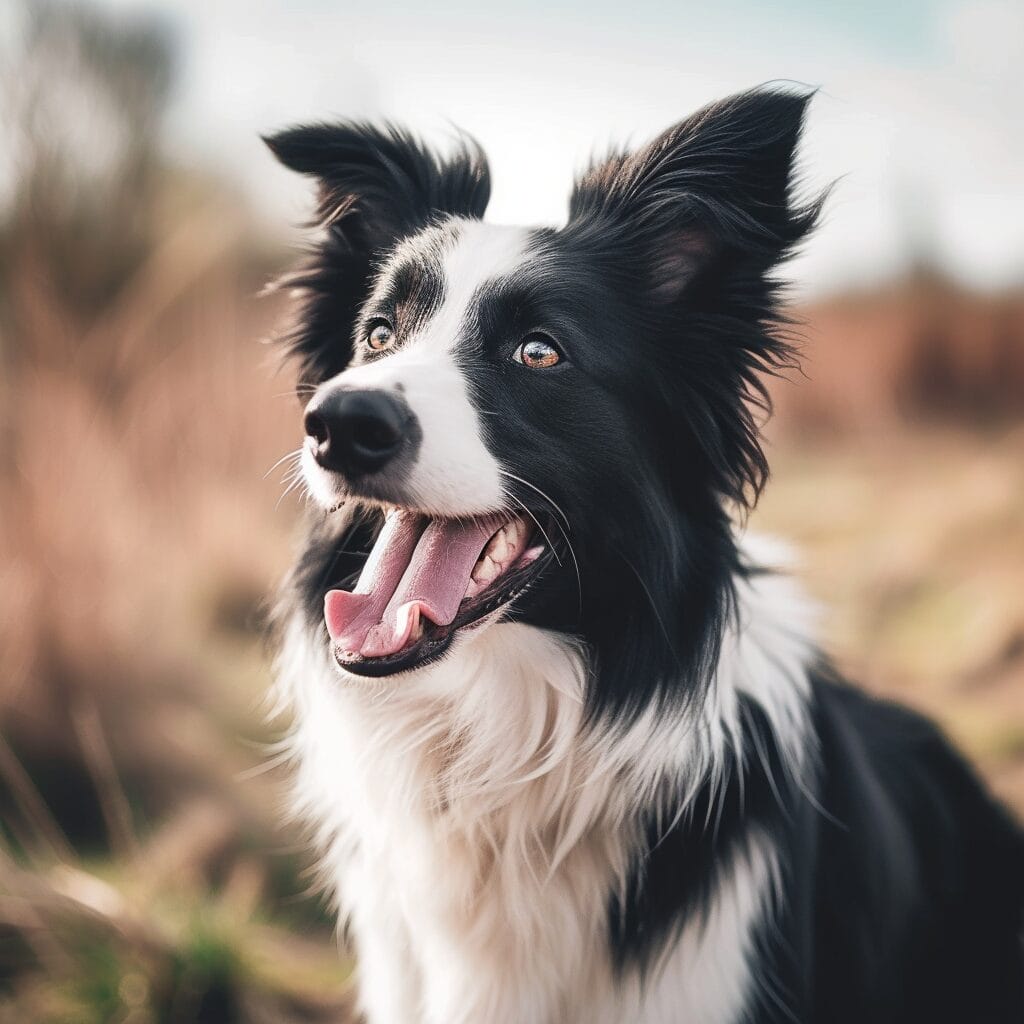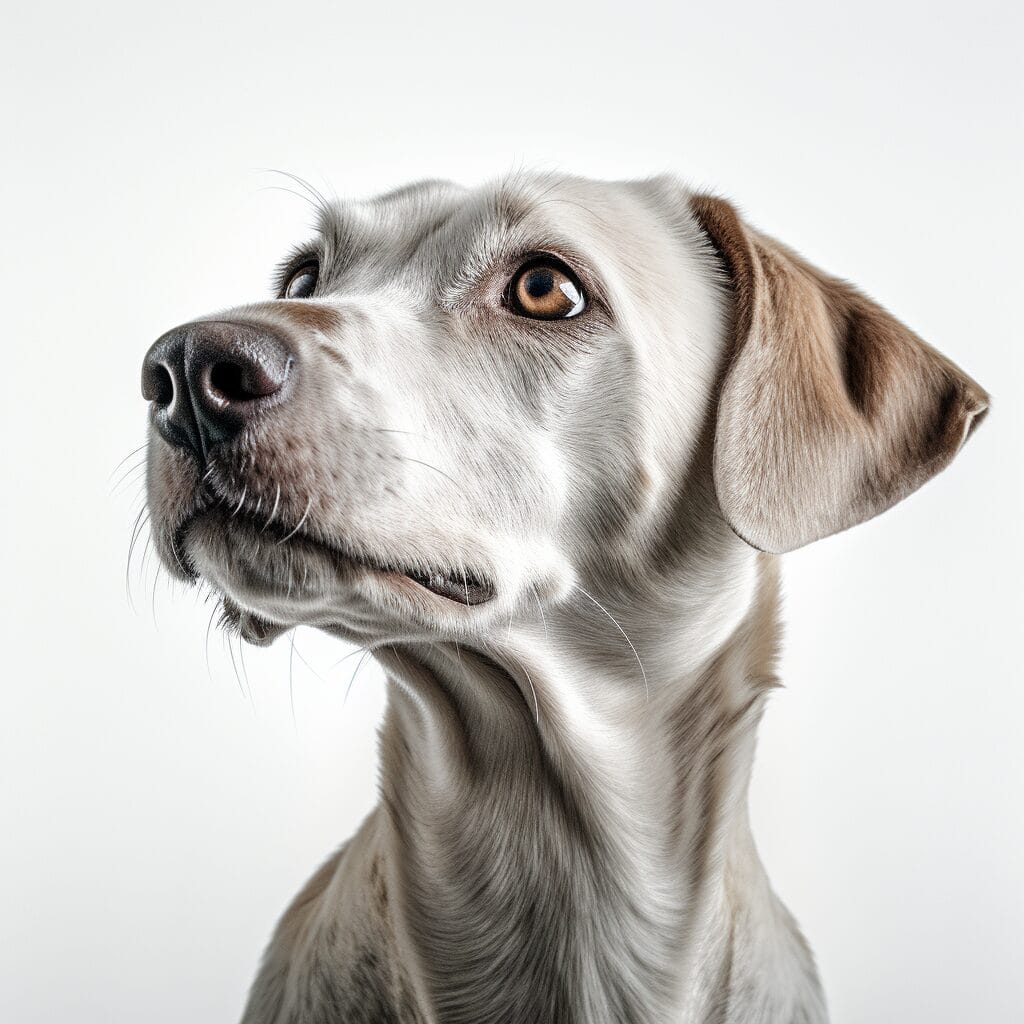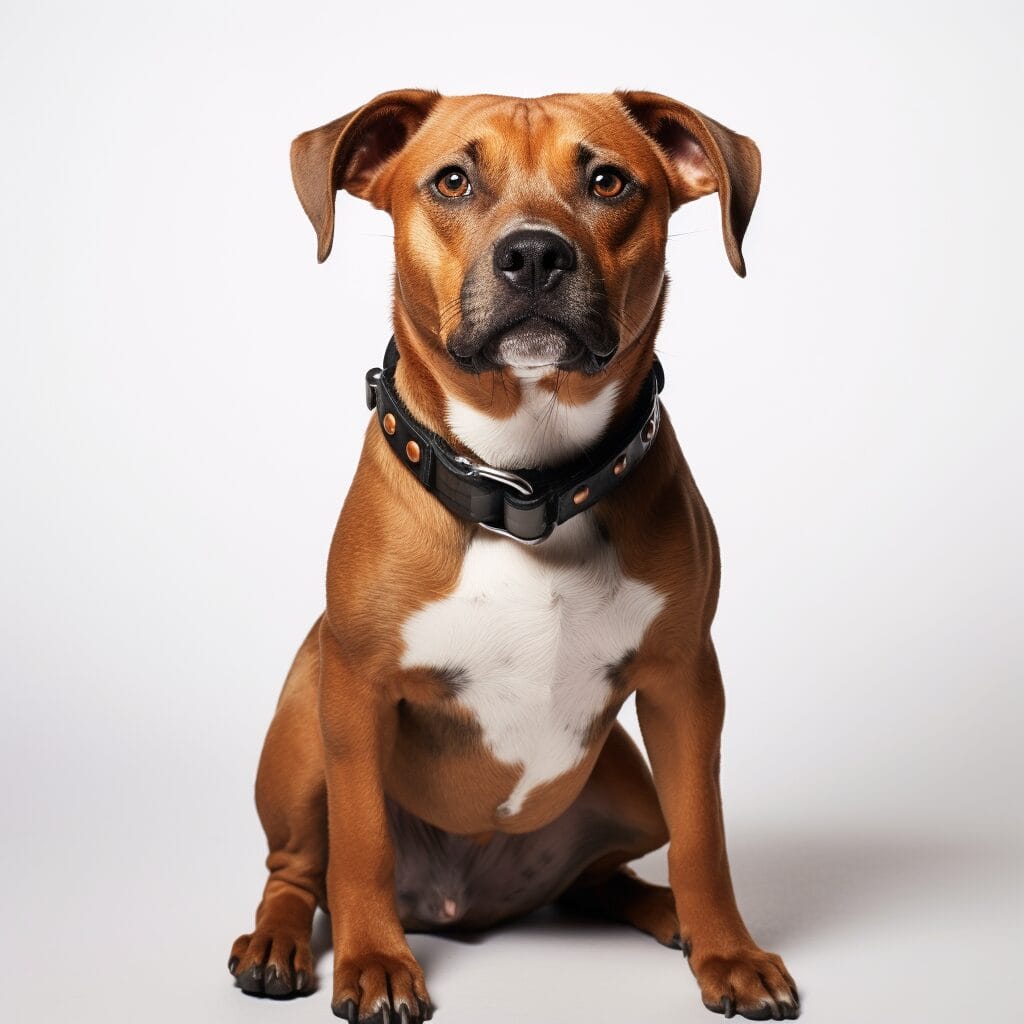Did you know that despite their fluffy appearance, Alaskan Klee Kai are surprisingly low shedders compared to other breeds? This may come as a relief to many dog lovers looking for a companion with less hair cleanup. Understanding how much these pint-sized pups shed can help potential owners prepare and decide if this breed aligns with their lifestyle.
Do Alaskan Klee Kai Shed?
Alaskan Klee Kai Shedding Overview

Double Coat
Alaskan Klee Kai (AKKs) have a double coat that consists of a soft undercoat and a coarser topcoat. This double-layered fur serves as insulation, keeping them warm in cold weather. The undercoat sheds throughout the year, while the topcoat sheds seasonally.
Regular grooming is essential to manage shedding in AKKs. Brushing their coat at least once or twice a week helps remove loose fur and prevents matting. Using appropriate grooming tools like slicker brushes or deshedding tools can aid in controlling shedding by removing dead hair effectively.
Shedding as Natural Process
Shedding is a natural process for dogs, including Alaskan Klee Kai. It helps them get rid of old or damaged hair and promotes the growth of new healthy fur. Factors such as diet, health condition, and environment can influence the amount of shedding in AKKs.
While it’s impossible to stop shedding completely in Alaskan Klee Kai, there are ways to minimize it through proper care. Providing a balanced diet rich in essential nutrients like omega-3 fatty acids can improve coat health and reduce excessive shedding. Moreover, ensuring your AKK gets enough exercise contributes to overall well-being, which reflects on their coat condition.
Understanding Shedding Frequency in Alaskan Klee Kai
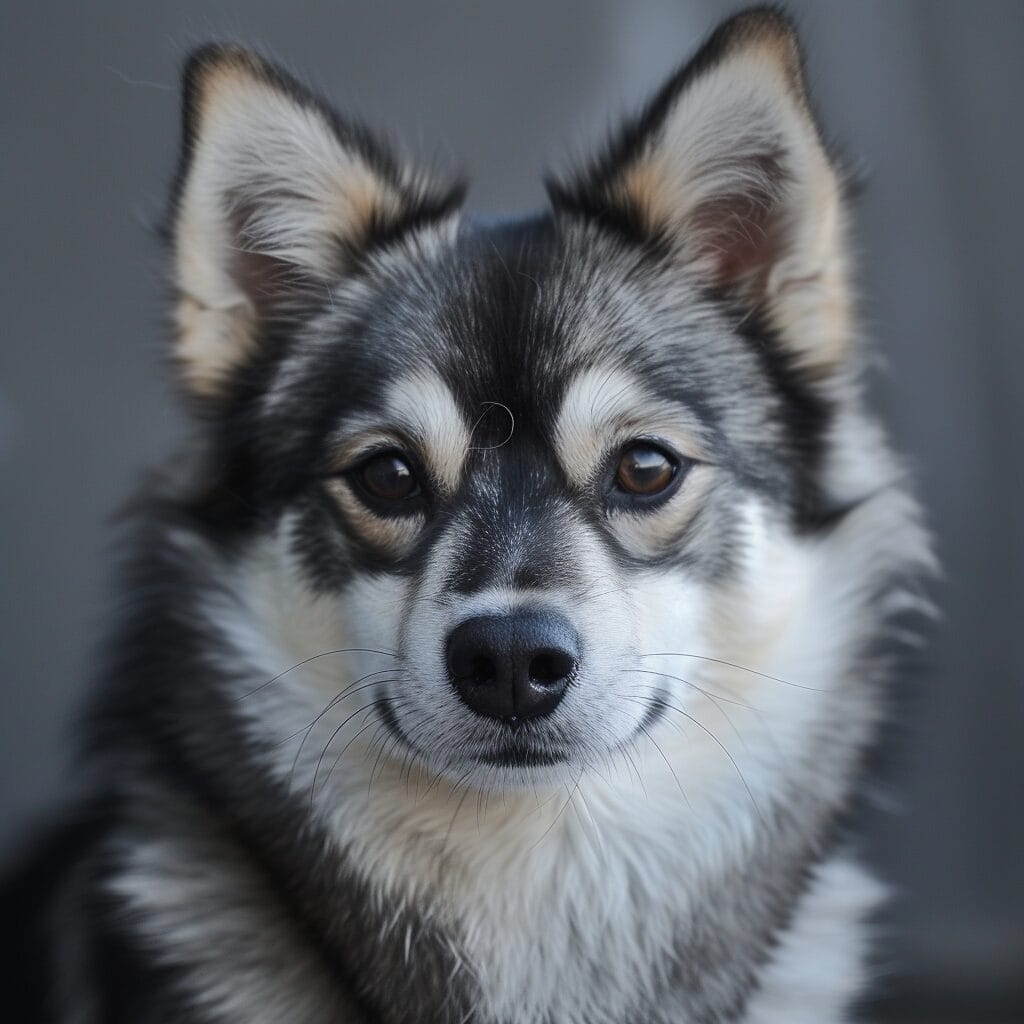
Shedding Frequency
Alaskan Klee Kai, or AKKs, shed moderately all year round. This means you can expect some level of shedding consistently. However, seasonal changes might lead to an increase in shedding. For instance, during spring and fall when the weather shifts dramatically, you may notice more fur around your home.
AKKs have a double coat consisting of a soft undercoat and a coarser topcoat. The undercoat sheds more heavily once or twice a year as they prepare for the changing seasons. Regular grooming can help manage this shedding process effectively.
Factors Affecting Shedding
Various factors such as age and health play crucial roles in an AKK’s shedding patterns. Puppies typically shed less than adult dogs because their coats are still developing. As they mature, their shedding will become more consistent with the breed standard.
Moreover, maintaining your AKK’s health through proper nutrition and regular vet check-ups can influence their shedding frequency positively. A healthy diet rich in essential nutrients helps promote good skin and coat condition, reducing excessive shedding.
Factors Influencing Alaskan Klee Kai Shedding
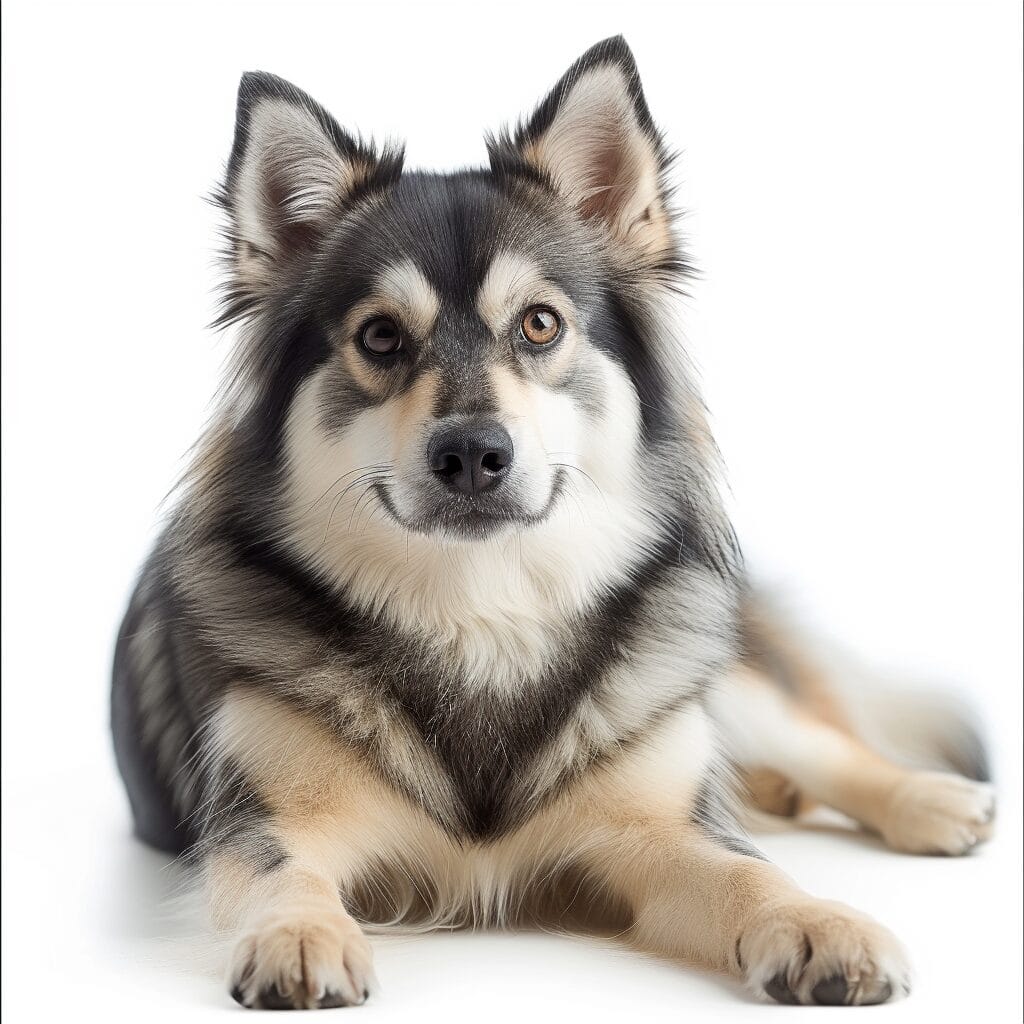
Genetic Influence
Alaskan Klee Kai shedding is significantly influenced by genetics. This breed inherits its shedding tendencies from its ancestors. Some AKKs may shed more than others due to genetic factors. For example, if a puppy’s parents had heavy coats, the puppy might also have a thick coat that sheds more frequently. Understanding the genetic background of your Alaskan Klee Kai can give you insights into their shedding patterns.
Genetic influence on shedding in Alaskan Klee Kai means that some dogs will naturally shed more than others based on their lineage and inherited traits. It’s essential for owners to be aware of this aspect when considering an AKK as a pet.
Nutritional Impact
Nutrition plays a crucial role in the health of an Alaskan Klee Kai’s coat and consequently affects shedding patterns. A well-balanced diet rich in essential nutrients like omega-3 fatty acids can promote healthy skin and reduce excessive shedding in AKKs. On the other hand, poor nutrition can lead to dull coats and increased shedding.
Providing your Alaskan Klee Kai with high-quality food specifically formulated for their breed size and activity level can help maintain a healthy coat and minimize shedding.
Stress Levels
The stress levels experienced by an Alaskan Klee Kai can also impact their shedding frequency. Dogs, including AKKs, are sensitive animals that react to stress through various behaviors, one of which is increased shedding. Changes in routine, loud noises, separation anxiety, or even new environments can trigger stress-induced shedding episodes in these dogs.
Reducing stressors in your Alaskan Klee Kai’s environment through regular exercise, mental stimulation, comforting routines, and positive reinforcement training methods can help manage their stress levels effectively.
Consistent Year-Round Shedding in Alaskan Klee Kai
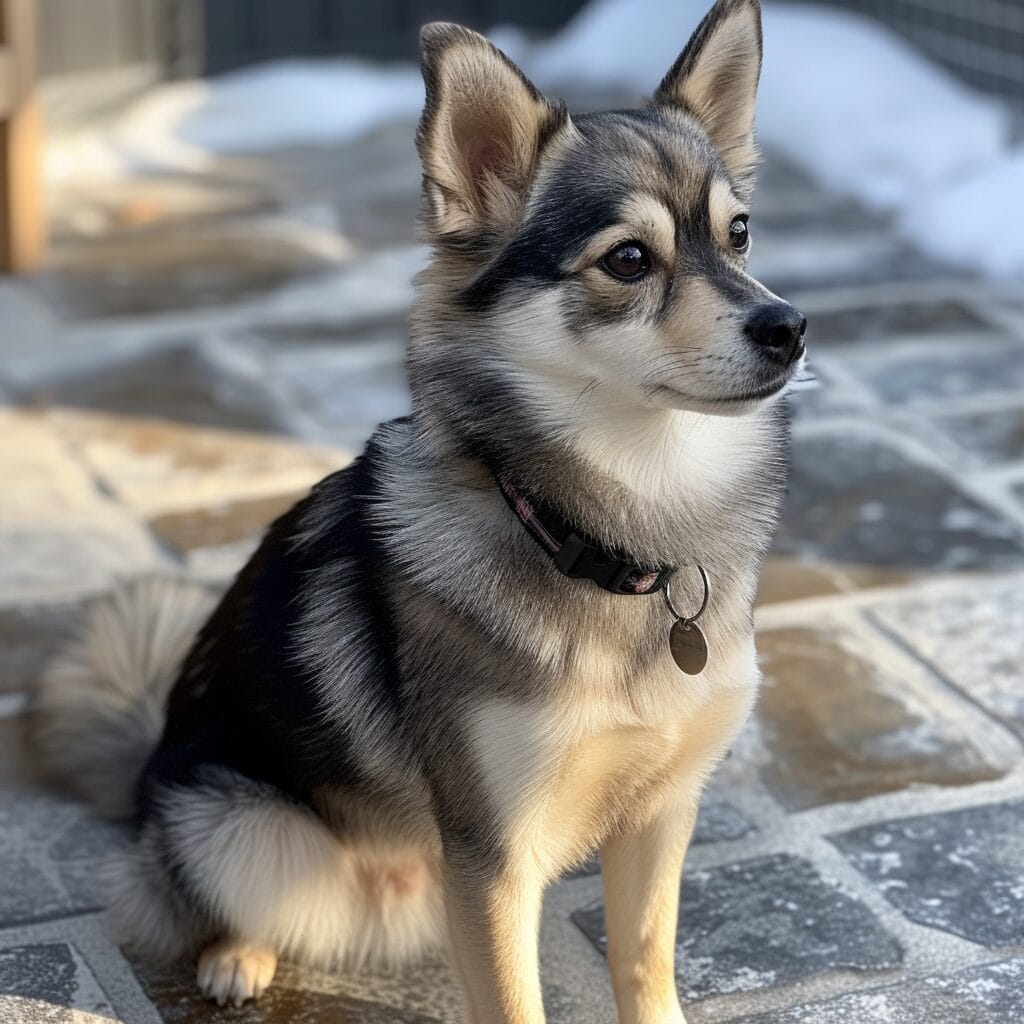
Shedding Frequency
Alaskan Klee Kai, commonly referred to as AKKs, shed consistently throughout the year. This shedding is not excessive but rather a regular occurrence that owners should anticipate. Unlike some breeds that shed heavily during specific seasons like spring, AKKs maintain a steadier pace of fur loss.
Regular brushing plays a crucial role in managing the loose fur these dogs shed. By incorporating brushing into your routine, you can effectively minimize the amount of hair scattered around your home. While shedding may vary among individual AKKs, most will require consistent grooming to keep their coat under control.
Variability Among Individuals
Each Alaskan Klee Kai is unique. Some may shed slightly more than others due to factors like weather conditions or even genetics. Understanding this variability can help owners tailor their grooming routines accordingly.
Pro:
- Consistent shedding allows for easier maintenance.
Con:
- Regular grooming is necessary to manage loose fur.
Comparison with Other Dog Breeds’ Shedding Levels
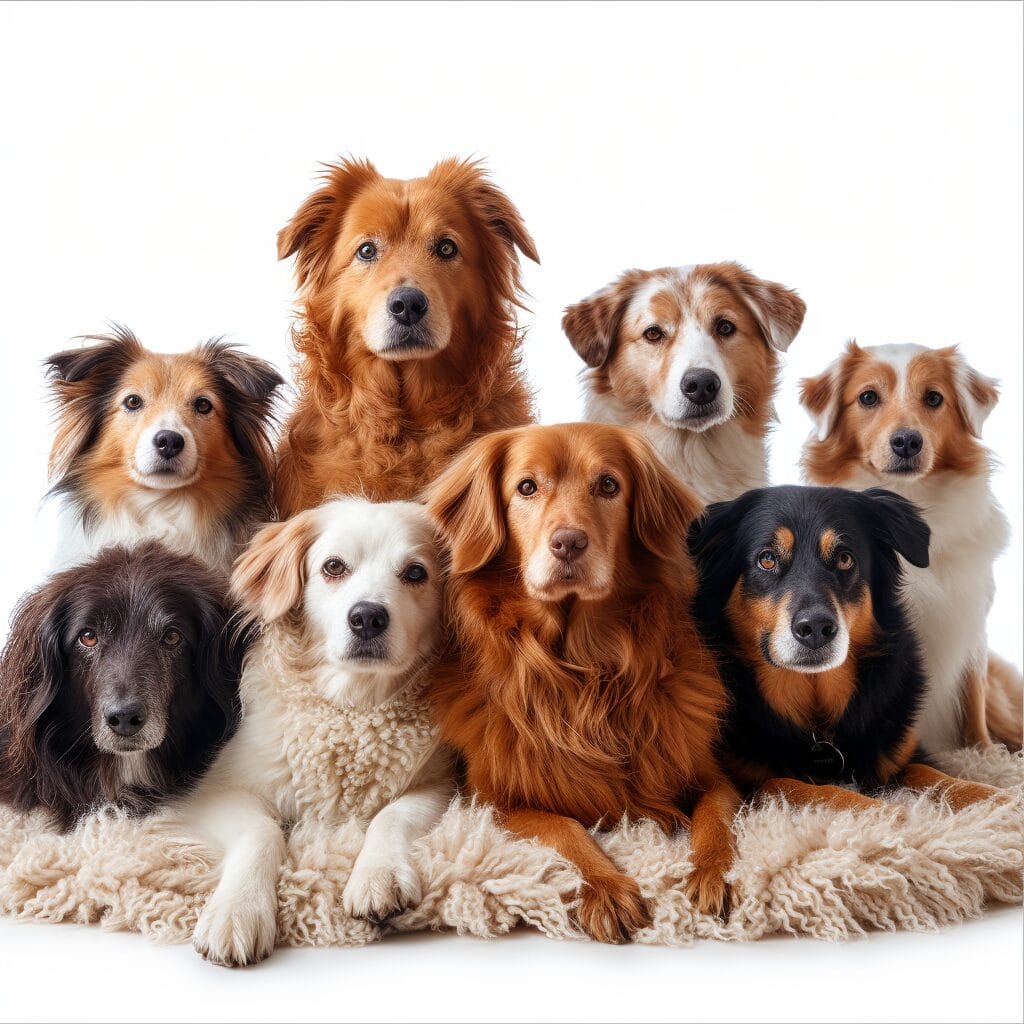
AKKs vs. Heavy-Shedding Breeds
Alaskan Klee Kai shed less than heavy-shedding breeds like Huskies. This means that they do not leave as much loose hair around the house, making them a preferred choice for dog owners who want to minimize cleaning efforts. Unlike breeds with thick undercoats that shed profusely, AKKs have a more manageable shedding level.
Compared to heavily coated dogs like Schipperkes or Huskies, Alaskan Klee Kai require only a moderate amount of grooming. This makes them ideal for individuals who prefer spending less time brushing and dealing with excessive fluff in their homes. By understanding the breed-specific shedding patterns of different dogs, groomers and dog owners can tailor their grooming routines effectively.
Effective Shed Management
To manage shedding in Alaskan Klee Kai effectively, regular brushing is essential to remove any loose hair from their coat. Using an appropriate brush designed for their coat type helps in keeping shedding at bay by capturing the excess fur before it ends up on your furniture or clothes. Incorporating healthy fats into their diet can improve skin health and reduce excessive shedding.
Here are some key points to consider when managing shedding in Alaskan Klee Kai:
- Regular brushing helps remove loose hair.
- Use specialized brushes suitable for their coat.
- A balanced diet rich in healthy fats promotes skin health and reduces shedding.
Grooming Tips for Managing Alaskan Klee Kai Shedding
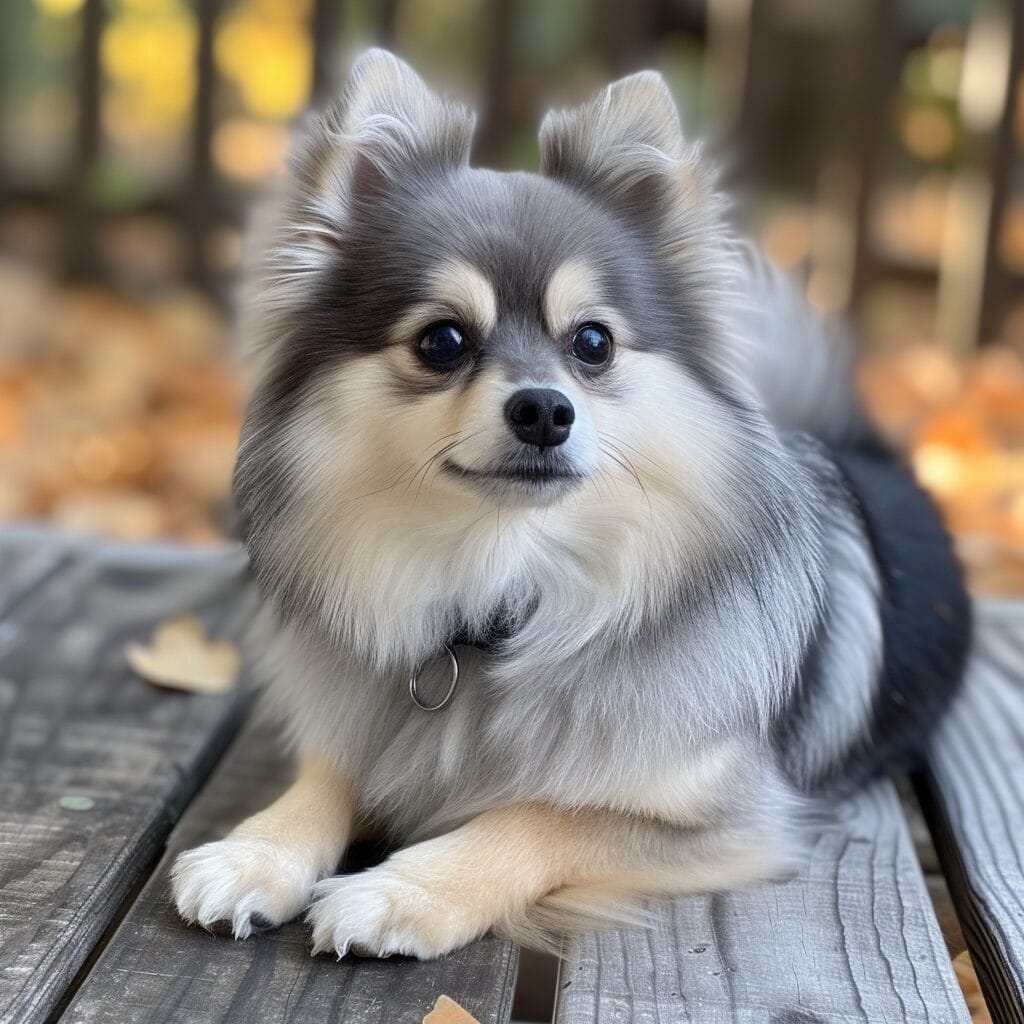
Regular Brushing
Brushing your Alaskan Klee Kai regularly is crucial to manage shedding. It helps eliminate loose fur, preventing mats in their double coat. By brushing at least a few times a week, you can keep their coat healthy and reduce the amount of hair they shed around your home.
Regular brushing also promotes blood circulation in your dog’s skin, ensuring a shiny and healthy coat. Using a slicker brush or undercoat rake can effectively remove loose fur from both the topcoat and the dense undercoat of Alaskan Klee Kai.
Bathing with Dog-Friendly Products
Bathing your Alaskan Klee Kai with dog-friendly shampoos is essential for maintaining their coat health. Bathing not only keeps them clean but also helps in reducing shedding by removing dirt and excess hair. Ensure that you use products specifically designed for dogs to avoid skin irritations or dryness.
When bathing your Alaskan Klee Kai, make sure to rinse thoroughly to prevent any residue that might cause itching or irritation on their skin. After bathing, gently towel-dry them or use a blow dryer on low heat to avoid damaging their sensitive skin.
Nail Trimming and Ear Cleaning
Trimming your Alaskan Klee Kai’s nails regularly is vital for their comfort and overall well-being. Long nails can be uncomfortable for them when walking or running, affecting their posture over time.
Cleaning your dog’s ears is another important grooming practice that should not be overlooked. Use a damp cotton ball or pad to wipe the outer part of the ear carefully, avoiding going too deep into the ear canal as it can cause damage.
- Pros:
- Regular grooming enhances bonding between you and your pet.
- Helps maintain good hygiene practices.
- Cons:
- Some dogs may not enjoy certain grooming activities like nail trimming.
- Over-bathing can strip off natural oils from their coat, leading to dry skin issues.
Coping Strategies for Alaskan Klee Kai Shedding
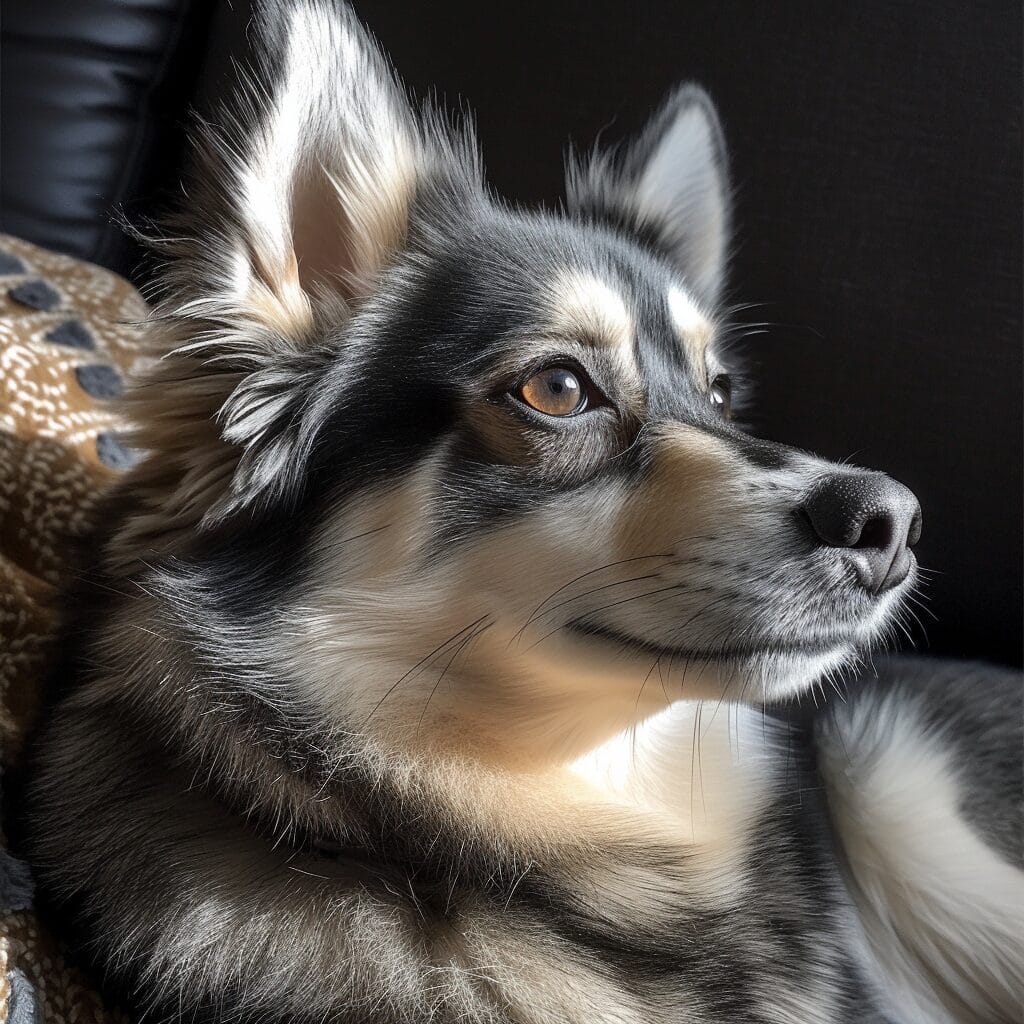
De-shedding Tools
Dealing with Alaskan Klee Kai shedding can be managed effectively by using de-shedding tools like slicker brushes. These brushes are designed to remove loose fur from your dog’s coat, reducing the amount of hair that ends up on your furniture and clothes. Regular brushing sessions with a slicker brush can help minimize shedding and keep your pup looking neat.
Regularly grooming your Alaskan Klee Kai with a slicker brush not only helps in managing shedding but also promotes healthy skin and coat. By removing loose fur, you prevent mats from forming in their double coat, which could lead to skin issues if left unattended. This grooming routine can create a bonding experience between you and your furry friend.
Vacuuming Frequently
To maintain a clean living environment free from excessive fur, vacuuming frequently is essential when owning an Alaskan Klee Kai. Despite regular grooming efforts, some shedding is inevitable due to their double-layered coat that sheds year-round. Vacuuming not only removes pet hair from surfaces but also helps eliminate allergens that may trigger allergies in sensitive individuals.
Investing in a high-quality vacuum cleaner designed to pick up pet hair efficiently will make the task more manageable. Make it a habit to vacuum areas where your dog spends most of their time regularly to prevent fur buildup around the house. This practice ensures that you and your family members breathe cleaner air while keeping your home tidy.
Balanced Diet Support
In addition to grooming practices and cleaning routines, providing an Alaskan Klee Kai with a balanced diet plays a crucial role in managing shedding. A diet rich in essential nutrients such as omega-3 fatty acids can contribute to healthy skin and coat development, ultimately reducing excessive shedding.
Ensuring that your furry companion receives proper nutrition supports overall well-being and maintains the health of their skin and coat. Consult with your veterinarian regarding suitable dietary options or supplements that can benefit your Alaskan Klee Kai’s coat condition.
Health Conditions Related to Alaskan Klee Kai Shedding
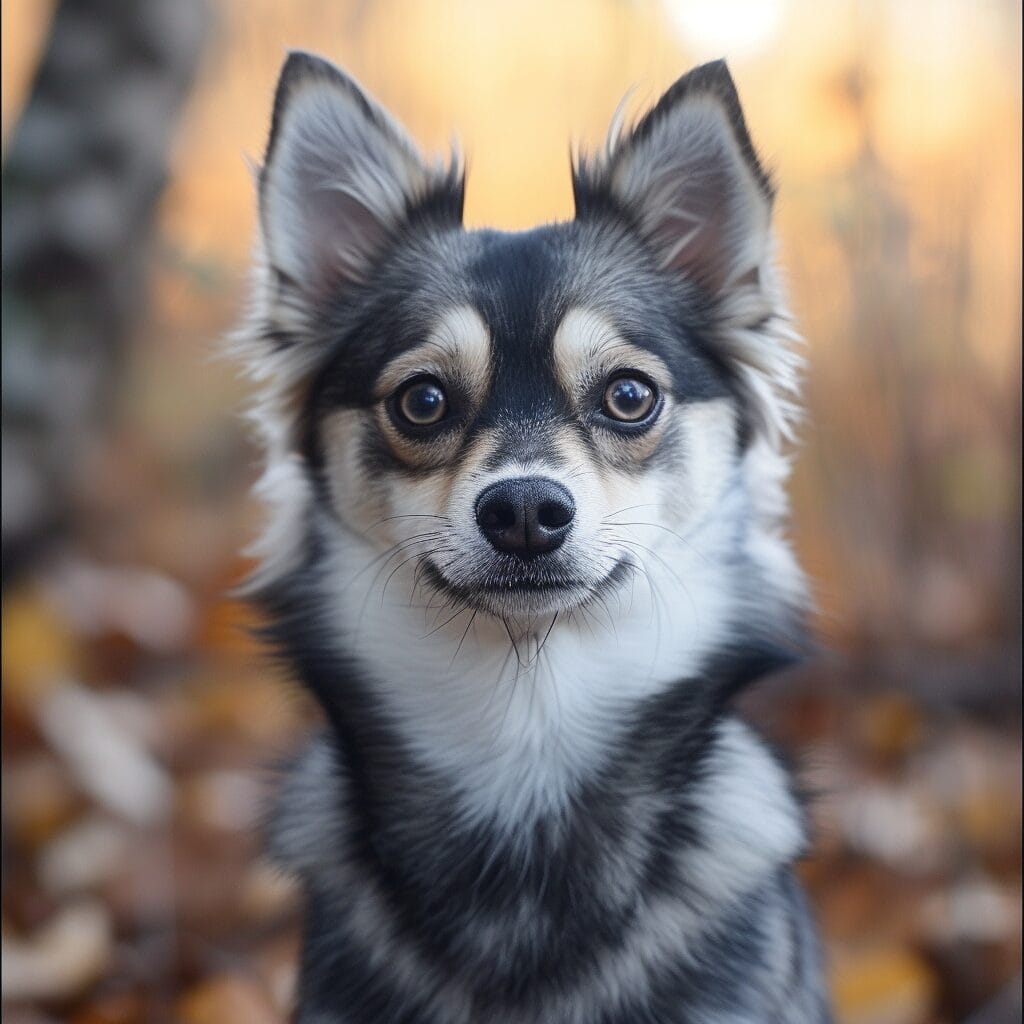
Skin Allergies
Skin allergies are a common issue that can cause excessive shedding in Alaskan Klee Kais. These allergies often lead to itchiness, inflammation, and ultimately, more shedding. If you notice your AKK scratching excessively or developing redness on their skin, it might be due to an allergy. Common allergens include certain foods, pollen, dust mites, or even fleas.
Skin allergies can trigger a cycle of increased scratching and shedding in AKKs. To manage this condition effectively, consult your vet for proper diagnosis and treatment options. They may recommend dietary changes or prescribe medication to alleviate the allergy symptoms and reduce shedding over time.
Regular Vet Check-Ups
Regular visits to the vet are crucial for detecting underlying health issues that could be contributing to excessive shedding in Alaskan Klee Kais. Your veterinarian can perform thorough examinations and tests to identify any potential medical conditions affecting your dog’s coat health. Issues like hormonal imbalances or thyroid problems can manifest through increased shedding.
By scheduling routine check-ups at least once a year (or more frequently if needed), you ensure early detection of any health concerns impacting your AKK’s coat condition. Early intervention not only helps manage shedding but also promotes overall well-being for your furry companion.
Flea and Tick Prevention
Proper flea and tick prevention plays a vital role in maintaining the coat health of Alaskan Klee Kais. Fleas not only irritate the skin but also cause dogs to scratch excessively, leading to more shedding as a result. Ticks carry diseases that can compromise your pet’s immune system, potentially affecting their hair growth cycle.
Investing in quality flea and tick preventatives recommended by your vet is essential for keeping these parasites at bay. Whether it’s topical treatments or oral medications, consistent use according to instructions significantly reduces the risk of infestations that could worsen shedding issues in AKKs.
Historical Perspective on Alaskan Klee Kai and Shedding
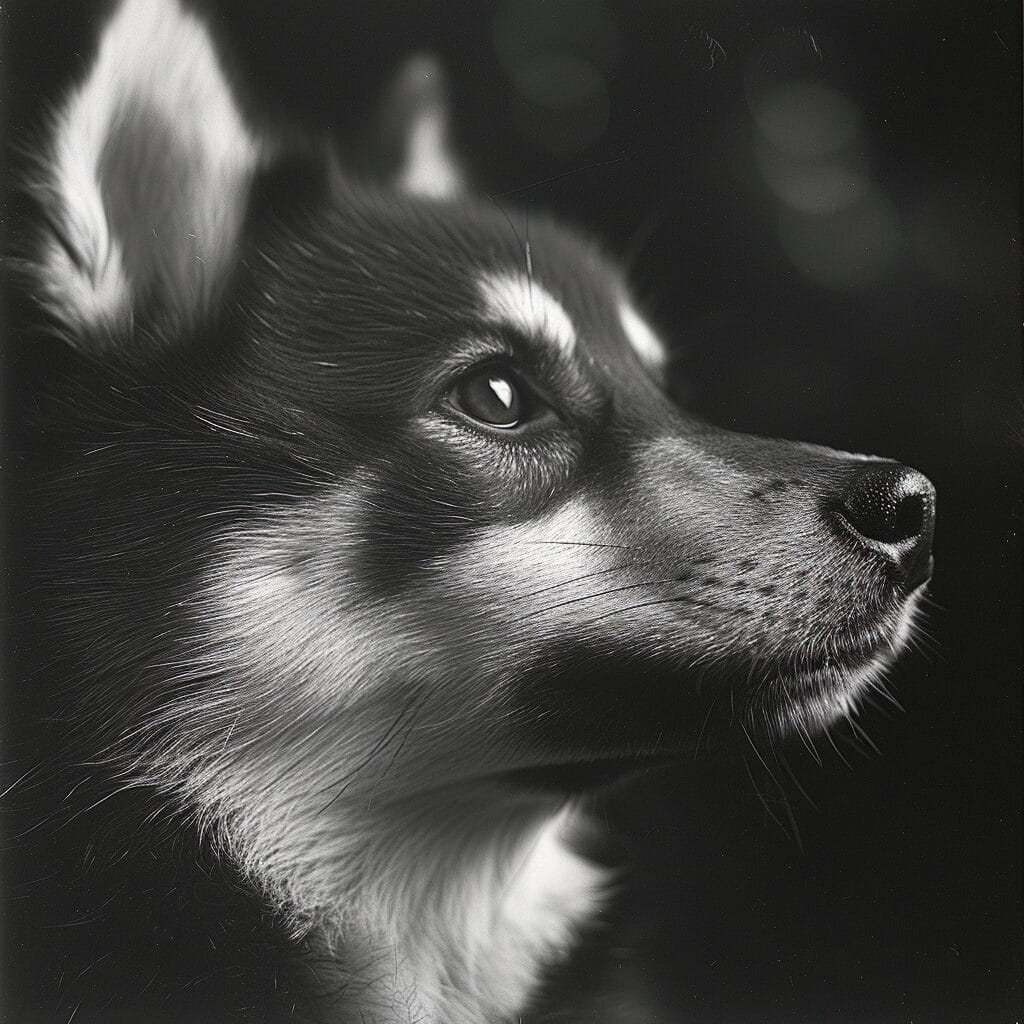
Minimal Shedding Traits
Alaskan Klee Kai, or AKKs, were specifically bred to be companion dogs with minimal shedding traits. This means they shed very little compared to other breeds. The breed’s coat comes in three variations: standard coat (similar to a Siberian Husky), plush coat (longer and thicker fur), and woolly coat (shorter and denser hair). Despite the different types of coats, all are known for their low shedding tendencies.
AKKs have a double-layered coat that helps regulate their body temperature in cold climates. Their undercoat sheds minimally throughout the year but more heavily during seasonal changes like spring and fall. Regular grooming can help manage shedding by removing loose fur before it ends up on your furniture or clothes.
Urban Dwellers’ Favorite
The small size of Alaskan Klee Kai makes them popular among urban dwellers who live in apartments or smaller homes. Their adaptability to various living environments without excessive shedding is a significant advantage for city residents looking for a canine companion. Due to their compact size, AKKs do not require as much space as larger breeds, making them suitable for apartment living.
Despite being small in stature, these dogs are energetic and need regular exercise to stay healthy physically and mentally. Daily walks or playtime sessions are essential to keep them happy and prevent behavioral issues due to pent-up energy. Interactive toys can help stimulate their minds while providing physical activity.
Summary
You’ve now got the lowdown on Alaskan Klee Kai shedding. From understanding why they shed to grooming tips and health considerations, you’re armed with the knowledge to tackle those furry tumbleweeds. Remember, consistency is key when managing their shedding,
so stick to a routine that works for both you and your pup. Don’t forget that regular grooming not only keeps shedding in check but also strengthens your bond with your furry friend. So, roll up your sleeves and get ready to combat the fluff!
Frequently Asked Questions
How much do Alaskan Klee Kai shed?
Alaskan Klee Kai shed moderately year round with seasonal increases. Regular grooming can help manage the shedding, keeping your home cleaner.
Are there specific health conditions related to Alaskan Klee Kai shedding?
Excessive shedding in Alaskan Klee Kai could indicate underlying health issues like allergies or hormonal imbalances. Consult a vet if you notice abnormal shedding patterns.
What are some effective grooming tips for managing Alaskan Klee Kai shedding?
Regular brushing with an undercoat rake and deshedding tools can help control the shedding of Alaskan Klee Kai. Bathing them occasionally and maintaining a healthy diet also contribute to reducing excessive hair fall.
How does the shedding frequency of Alaskan Klee Kai compare to other dog breeds?
Alaskan Klee Kai shed more than hypoallergenic breeds but less than heavy-shedding dogs like Huskies. Understanding their unique shedding patterns helps in proper grooming and maintenance routines.
Is consistent year-round shedding normal for Alaskan Klee Kai?
Yes, it’s normal for Alaskan Klee Kai to shed consistently throughout the year due to their double coat. Providing adequate grooming care will minimize loose fur around your living space.


